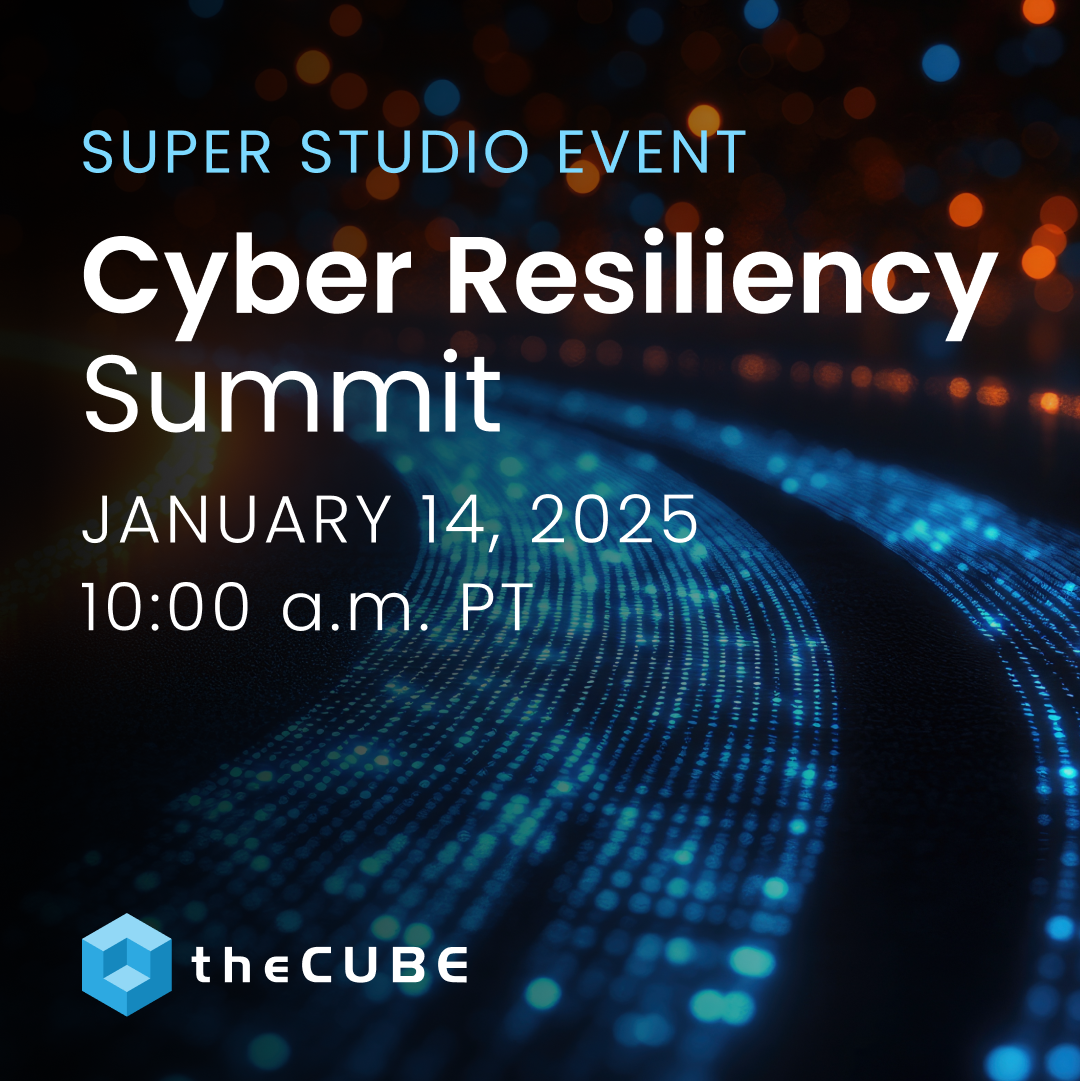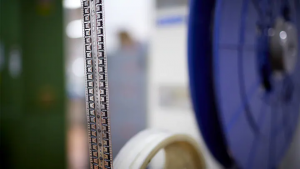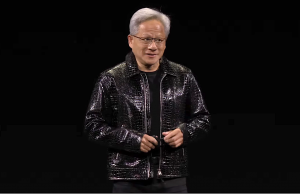This new chemical printer uses a block-by-block method to manufacture molecules
![]() The grim, dark underbelly of chemical research involves labs teeming with grad students or industrial chemists sitting in front of fume hoods slaving away as they coax batches of simpler chemicals to coalesce into more complex molecules. This process involves introducing compounds to one another in step-by-step processes using vessels, separation, distillation, cooling, heating, and a lot of waiting. This process can be slow and painstaking, but also repetitive.
The grim, dark underbelly of chemical research involves labs teeming with grad students or industrial chemists sitting in front of fume hoods slaving away as they coax batches of simpler chemicals to coalesce into more complex molecules. This process involves introducing compounds to one another in step-by-step processes using vessels, separation, distillation, cooling, heating, and a lot of waiting. This process can be slow and painstaking, but also repetitive.
University of Illinois chemist Martin Burke recently announced a machine capable of automating this process in a way that would allow chemists to “print” custom built chemicals. The study, published in the journal of Science on Thursday, reveals the specs of a machine that can systematically synthesize thousands of different molecules from starter materials.
This sort of automated equipment would open the way for quickly discovering how to synthesize useful chemicals that mimic the properties of those seen in nature. The quest of much of synthesis in organic chemistry is to realize how to make something useful—such as an antibiotic or antifungal produced by plant or animal—but through using commonly available industrial chemicals instead of relying on nature.
“There are many molecules in nature with some extraordinary natural properties, that are incredibly hard to make and just aren’t available to be purchased in a [lab supply] catalog,” Burke says. “The general assumption has long been that you need a custom strategy to build each molecule, especially if you’re trying to automate the process. But we’ve demonstrated you can use the same system to create radically different molecules. You just need to modulate a step-by-step process.”
To make this process automatable Burke’s machine approaches synthesis as a series of discrete steps. Aiming to build a custom molecule means finding the correct building blocks and then preparing them to connect to each other in a predictable fashion—such as connecting two carbon atoms at the ends of two chemicals or attaching an alcohol or amine group to a specific carbon in a chain.
Once each building block is produced the machine then purifies the sample and prepares it for the next step. Each time forming the foundation for the next attachment or arrangement. In this fashion, Burke’s machine can start with simple reagents and produce complex products in 14 distinct classes of small molecules. The types include known medicines to molecules used in LEDs and solar cells.
Burke told Popular Mechanics that the challenge in making this type of technology available has been the purification of the product after each reaction.
REVOLUTION Medicines, Inc.
To take advantage of this new machine, and develop investment in the next-generation of molecule-printing machines, Burke co-founded REVOLUTION Medicine, Inc. The company has already licensed the technology for custom-building chemicals and is already working to improve processes for producing the antifungal compound known as Amphotericin B.
“The vision for the future is that anyone who needs a specific small molecule can essentially print it out from their computer,” Burke explained to 3Dprint.com. “We are really excited about the immediate impacts that this will have on drug discovery.”
The expectation is that molecular-printing will do for chemistry what 3D printing has done for engineering, where rapid prototyping has led to rapid breakthroughs in product development. With a chemical printing machine, chemists can also “rapidly prototype” their own chemical processes and determine expected outcomes faster.
Image credit: courtesy of BurkeScience, Martin Burke
A message from John Furrier, co-founder of SiliconANGLE:
Your vote of support is important to us and it helps us keep the content FREE.
One click below supports our mission to provide free, deep, and relevant content.
Join our community on YouTube
Join the community that includes more than 15,000 #CubeAlumni experts, including Amazon.com CEO Andy Jassy, Dell Technologies founder and CEO Michael Dell, Intel CEO Pat Gelsinger, and many more luminaries and experts.
THANK YOU













